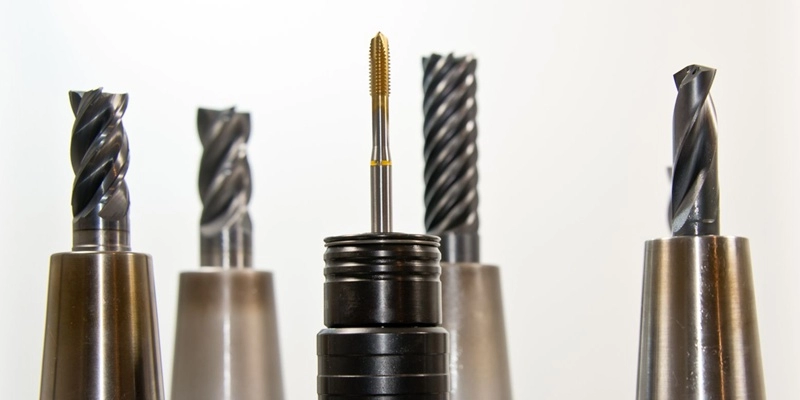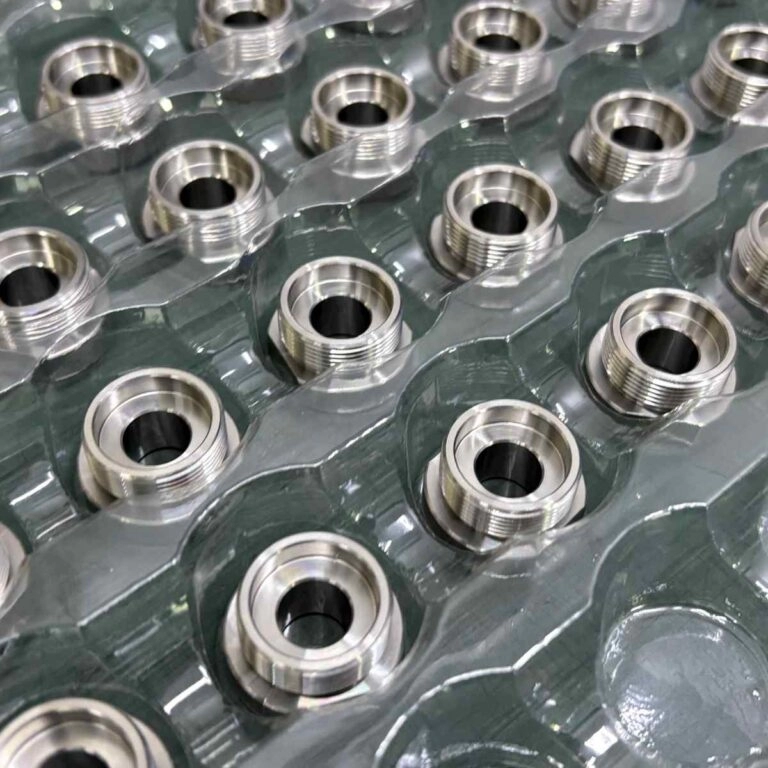Discover what a reamer is its types uses and tips for precision hole finishing in machining and DIY projects for smooth accurate results.
The Fundamentals How Does a Reamer Work and Why It Matters
A reamer is a precision cutting tool designed to improve the size and finish of an existing hole. Think of it as the final touch in hole-making, smoothing out rough edges left by drills and making holes perfectly round and accurate. Unlike a drill that removes large amounts of material to create a hole, a reamer removes just a tiny bit of metal—usually a few thousandths of an inch—to refine size and surface finish.
Reamers work by spinning inside the hole, with multiple sharp blades or flutes slicing away material evenly around the circumference. This process is called precision reaming. The result is a hole with tighter machining tolerances and a smoother surface, which is critical in applications where parts need to fit together perfectly—like engine components, aircraft parts, or machinery assemblies.
Why does this matter? Using a reamer ensures your holes aren’t just roughly drilled but precisely finished. This prevents issues like misalignment, loose fits, or premature wear. In other words, a reamer helps you go from good enough to professional-level accuracy, unlocking better performance and longer-lasting results in your projects.
Types of Reamers Choosing the Right One for Your Project

When it comes to reaming, picking the right reamer tool matters a lot. There are several types, each made for different jobs and materials. Here’s a quick rundown to help you choose:
- Hand Reamers: Great for small fixes or fine-tuning holes by hand. They offer good control but need steady pressure.
- Chucking Reamers: Designed to be used with power tools like drill presses or lathes, perfect for faster, consistent results.
- Spiral Flute Reamers: These are ideal when you need smooth finishes in softer materials like aluminum or plastic. The spiral flutes help remove chips efficiently.
- Carbide Reamers: Built for tough jobs and harder materials. They stay sharp longer, which is perfect for precision reaming in production environments.
- Straight Flute Reamers: Best for general metalworking and when working with cast iron or steel.
Picking the right reaming tool means balancing speed, finish quality, and the material you’re working on. For local machinists and hobbyists in the U.S., knowing these types helps get the machining tolerances spot on, saving time and material costs.
Applications and Industries Where Reamers Shine in Real World Machining

Reamers are essential in many industries where precision and smooth hole finishing are critical. You’ll find these hole finishing tools used widely in automotive, aerospace, and manufacturing sectors. In automotive, reamers help achieve exact fits for engine components, improving overall performance and reliability. Aerospace relies on precision reaming to meet the tight machining tolerances required for safety and efficiency in aircraft parts.
Machining shops use reamers like spiral flute reamers and carbide reamers for drilling holes that must fit perfectly with shafts or pins, ensuring a strong, accurate connection. Whether it’s for creating precise bearing holes or fine-tuning metal parts, reamers provide the consistent finish needed.
Even tool and die workshops use hand reamers and chucking reamers to clean up holes after drilling, making sure every part meets strict size requirements. The reaming process improves surface finish and prevents part failure, which is critical when working with expensive materials or high-stress components.
If you’re working on a project that requires pinpoint accuracy in hole size and finish, using the right reamer in the right application can make a big difference in quality and machine time.
Pro Tips Best Practices for Using a Reamer Like a Machinist
Using a reamer tool right can make all the difference in getting smooth, accurate holes. Here are some practical tips to help you work like a pro:
- Choose the right reamer type: Match your project with the correct reamer, whether it’s a hand reamer uses for fine finishing or a spiral flute reamer for tough materials. This will improve the reaming process and overall precision.
- Use proper speed and feed rates: Running your reamer too fast or too slow can mess up your machining tolerances. Follow manufacturer guidelines or test on scrap material before working on your part.
- Keep it straight and steady: Make sure your chucking reamer is aligned well with the hole. Any wobble can cause uneven finishes or oversized holes.
- Lubricate generously: Apply cutting fluid or oil to reduce heat and wear. This is especially important for carbide reamers and when working with hard metals.
- Don’t force it: Let the reamer do its job. Pushing too hard can damage the tool and ruin your hole quality.
- Clean your reamer after use: Remove chips and debris to keep the tool sharp and ready for the next job.
Following these best practices will help you get the most from your reamer tool, ensuring precision reaming every time without extra hassle.
FAQs Quick Answers to Common Reamer Questions
What is a reamer used for?
A reamer is a hole finishing tool designed to make holes more precise in size and smoother inside. It’s used after drilling to improve machining tolerances and create a better surface finish.
How is a reamer different from a drill?
Unlike a drill that cuts the initial hole, a reamer slightly enlarges and refines the hole for accuracy. Drills remove more material, while reamers focus on precision.
What types of reamers are available?
Common types include hand reamers, chucking reamers, and spiral flute reamers. Each serves different needs, whether you’re working by hand or machine.
Can I use a carbide reamer on hard materials?
Yes, carbide reamers are ideal for reaming tough metals because they stay sharp longer and handle heat better during the reaming process.
How do I choose the right reamer for my project?
Consider the hole size, material type, and the level of precision required. For the best results, match the reamer type and flute design to your specific job.
What are some tips for better reaming results?
- Use proper lubrication
- Avoid excessive feed rates
- Keep the reamer aligned with the hole
- Replace worn reamers promptly
If you want to dive deeper into machining tools and techniques, check out our guide on precision machining tools for more insights.